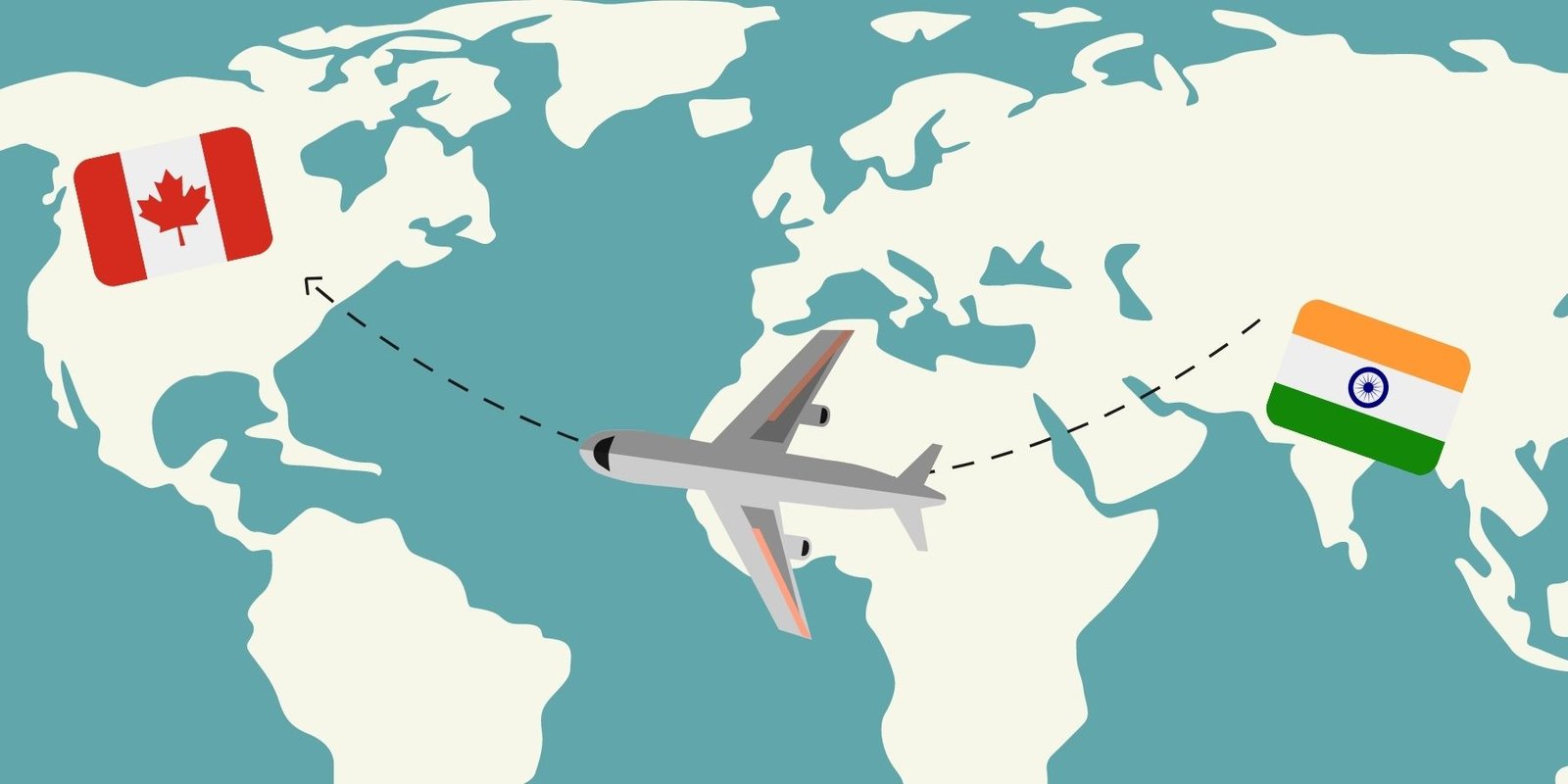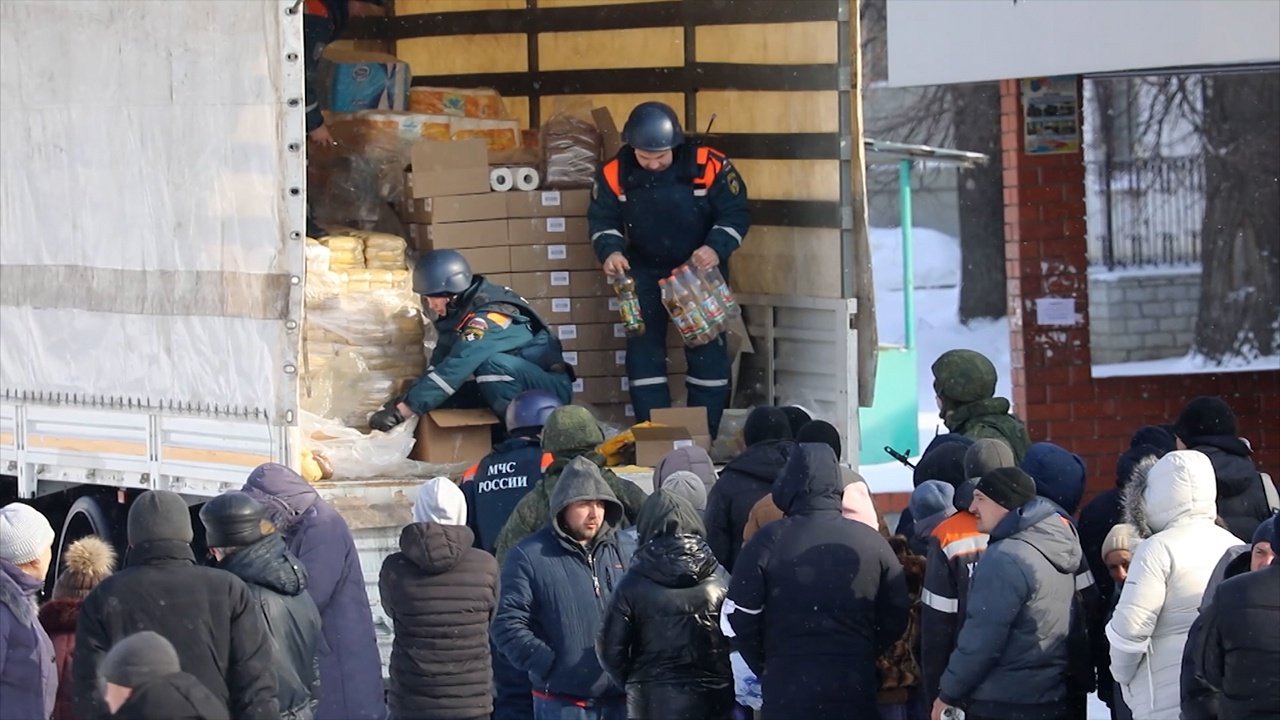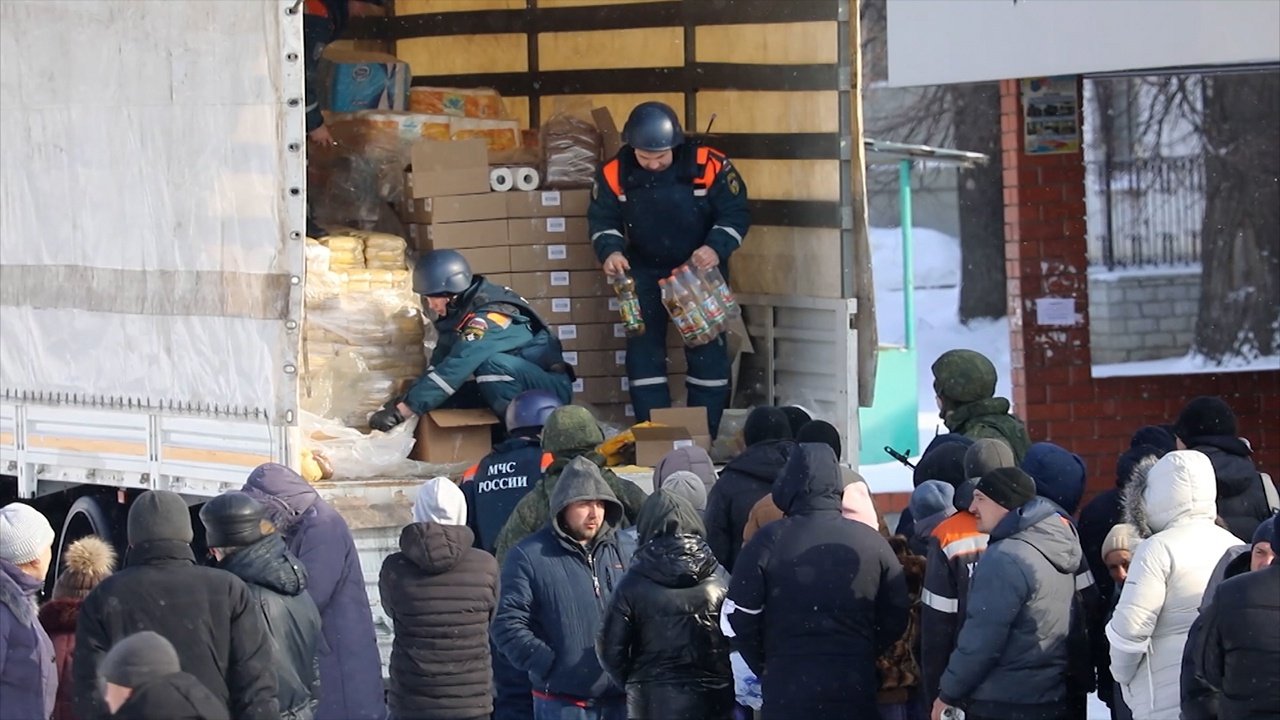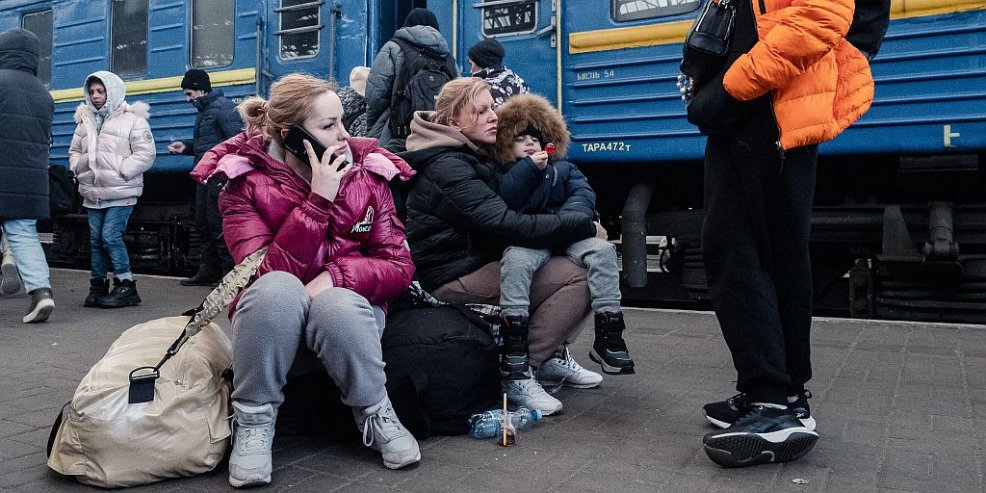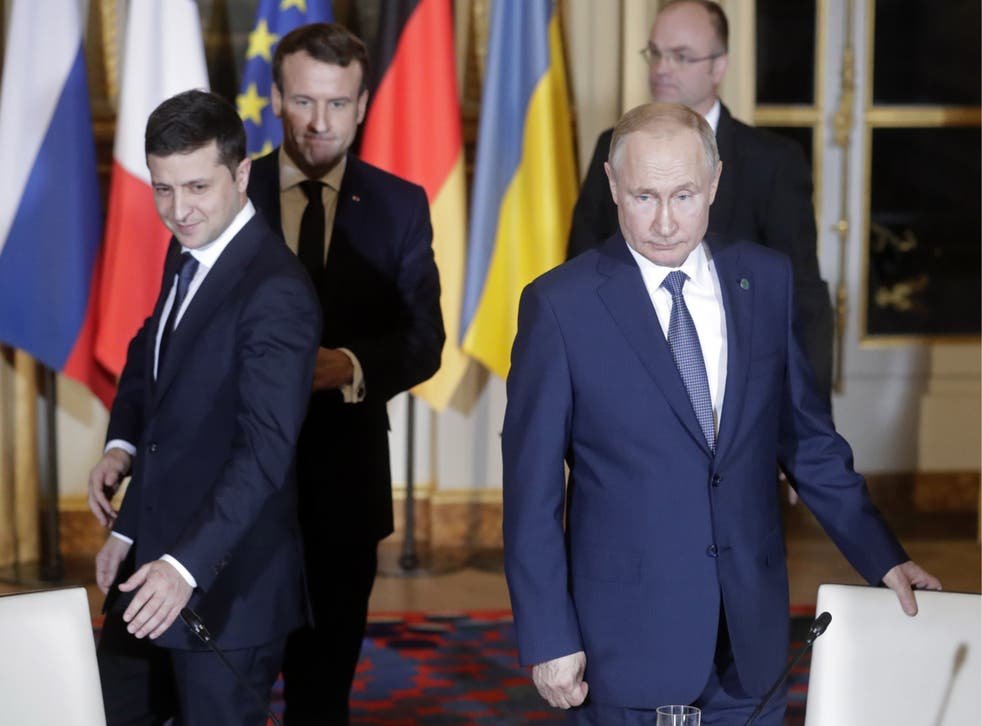As many as 22 Indian security personnel were martyred and 31 injured after an encounter broke out between China Backed Naxalite Terror Groups and security personnel along the border between Bijapur and Sukma districts in Indian State of Chhattisgarh. 16 out of the 31 injured are para-military CRPF personnel. Among the injured security personnel, 23 have been admitted to Bijapur Hospital and 7 are in Raipur hospital.
Naxalism is a extreme left political ideology which supports the use of force to achieve it’s own ends. It claims the legacy of the Communist Party of India (Marxist–Leninist), founded in Calcutta in 1969. The Communist Party of India (Marxist) is the largest existing terrorist group in that lineage today in India. China Backed Terror Groups of Naxalites are considered far-left communists, supportive of Maoism.
Indian Union Home Minister Amit Shah spoke to Chhattisgarh Chief Minister Bhupesh Baghel and took stock of the situation. Shah also directed Director General of the Central Reserve Police Force (CRPF) Kuldiep Singh to visit Chhattisgarh to assess the situation.
Shah also said in a tweet that the valor of the security personnel who laid down their lives fighting the extremists will never be forgotten.

President Ram Nath Kovind condoled the loss of lives in Sukma encounter saying the nation will never forget this sacrifice.
“The killing of the security personnel while battling Maoist insurgency in Chhattisgarh is a matter of deep anguish. My condolences to the bereaved families. The nation shares their pain and will never forget this sacrifice: President Ram Nath Kovind on Chhattisgarh Naxal attack,” the President tweeted.
“Separate joint teams of security forces, over 2,000 in number, had launched a major anti-Naxal operation from Bijapur and Sukma districts in the South Bastar forests, considered as the Maoist stronghold, on Friday night,” state’s Deputy Inspector General (anti-Naxal operations) OP Pal said on Saturday.
The personnel belonging to the Central Reserve Police Force (CRPF), its elite unit CoBRA (Commando Battalion for Resolute Action), the District Reserve Guard (DRG) and the Special Task Force (STF) of Chattisgarh Police were involved in the operation launched from five places – Tarrem, Usoor and Pamed (Bijapur) and Minpa and Narsapuram (Sukma), he said.
“Around noon on Saturday, an encounter broke out between the patrolling team that was dispatched from Tarrem and ultras belonging PLGA (Peoples’ Liberation Guerilla Army) battalion of Maoists near Jonaguda village under Jagargunda police station area (in Sukma),” Pal said, adding the gunfight lasted for about three hours.
“Among the martyred personnel, one belonged to the CoBRA unit and two each are from the DRG and the ‘Bastariya’ battalion of the CRPF,” the DIG said.

“Some jawans are reported to be missing following the encounter and efforts are on to trace their whereabouts,” he said earlier. Citing the “ground report”, Pal claimed that Maoists have suffered a huge loss in the gunfight.
Naxalite – China
While International Community is sensitized about the ongoing proxy war by Pakistan, there is very little or no consciousness that Maoism or Naxalism is actually a proxy war by China being waged against India for last five decades. The Maoist movement in India, as it is made out to be, is not a recent phenomenon, but has been impacting the Indian states in varying intensity, depending on the international environment and the type of dispensation of the Union of India.
Last year, When more than 70 CRPF personnel were martyred in Chattisgarh, some students of a university in Delhi, created for pioneering research but now considered a leftist bastion, celebrated the tragedy.
In an article by former Indian military intelligence officer RSN Singh (he also served in the Research and Analysis Wing, or R&AW), he wrote, “As per intelligence inputs, there are attempts to create many such pro-China leftists and ultra-leftists segments in other universities in places like Kurukshetra and Dehradun, some in the name of highly revered Indian figures like Shaheed Bhagat Singh. The stranglehold of China’s over the most of the leftist parties/organizations in India including the Maoists is hard to explain. The symbiosis and linkages between China and these organizations has not been researched or investigated either by design or by conscious omission.”

It would be naïve not to read the writing on the wall. There are many apologists of China in every strata and segment of the Indian society, who insist on direct evidence of the China-Maoists nexus. The same constituency earlier argued that there was no evidence of China providing WMD technology to Pakistan Countries, like China that aid and abet insurgencies in other countries, are conscious enough of maintaining the deniability factor especially when it comes to physical evidence. However, if one were to delve into the mindset and posturing of the Maoist leadership and the Chinese leaders, the nexus between the two is more than evident.
“China’s Chairman is our Chairman”
Charu Mazumdar, the pioneer of the naxalite movement had said: “China’s Chairman is our Chairman and China’s path is our path”. The naxalites maintained a studied silence even as the Pakistan Army committed genocide in the Bangladesh because China was an ally of Pakistan. They never condemned the murderous Khmer Rouge in Cambodia. They have, like the Maoists in Nepal, never criticized the Chinese occupation of Tibet. However, the Maoist leader Kishanji in an interview unequivocally said that he supported the cause of independence of Kashmir, Nagaland, Assam and others. He has no qualms about India being splintered in the process.
Related Article China Poses An Existential Threat To The Rights Of People Worldwide
India’s Cardinal Mistake
Maoism is indeed fallout of the communist movement in India. The communist movement during the initial years after India’s independence had violent overtones. Realizing its futility, the communist leadership then decided to opt for the electoral route. It did pay dividends, as for the first time, anywhere in the world; a democratically elected communist government came to power in Kerala in 1957. It is touted as a great victory for the Indian historical trait of assimilation, but it has not been without a price in the form of left-wing extremism, which has constantly spurned the assimilative process at the behest of external powers particularly China. The cardinal mistake that India made after independence was to give legitimacy to the Communists and respectability to criminals like Mao.
The expansion of the international communist movement suffered a great setback after the Sino-Soviet split in early 60s, as also due to the Vietnam war. This spawned ultra leftist groups and movements in many parts of the world. They were aided and abetted by China in a manner that the deniability factor could be maintained. It was during this period that the naxalite phenomenon in India began to take shape and had become a great threat to the integrity of India by 1969. The Naxalite leader Charu Mazumdar had exhorted his cadres ‘to expand anywhere and everywhere’. When the Naxals launched ‘Spring Thunder’ in Naxalbari, the Chinese Community Party mouthpiece wrote in its editorial comment in 1967, “A peal of a Spring Thunder has crashed over the land of India.” The editorial offered moral support from the highest level of China.
The Sino-India war had reverberations on the Indian communist movement, wherein a very strong section of the movement took a pro-Chinese position on the plea that the conflict was between a socialist and a capitalist state.
It is for this reason that there has never been the slightest condemnation for any omissions and commissions by China. To them China is infallible. But be it India’s nuclear tests or Indo-US nuclear deal or Indo-US military exercises or India’s assistance to Nepal, they never miss an opportunity to spit venom against India.
Related Article Myanmar’s Rejection Of Chinese Vaccine Spells Doom For The Civil Government : China Supported Military Coup in Myanmar.
Maoists-China Nexus
Moreover, any ism does engender violent ultra streams like ULFA from the Assam or NSCN (IM) and NSCN (K) from Naga National Council (NNC). The rise of the Maoists should be seen in that overall perspective. The common thread running through these organizations is China. A senior ex-official of the Intelligence Bureau, Maloy Krishna Dhar, wrote in the Nepal Monitor on November 2009, “I have highlighted the facts of existence of Maoists groups in the Northeast and Bangladesh as well as Nepal to emphasize the fact that sophisticated weapons are inducted by Indian Maoists from Chinese arms paddling mafia through Maoists in Manipur, Nagaland and Assam.
The Bangladesh based Maoist parties, mostly active in the western part of the country are in cahoots with Indian Maoists.” He further added that the arms of Chinese origin are inducted by sea route from Haldia, Kasaba Naraingarh (Midnapur) area to areas like Khantpara, Baripada etc.
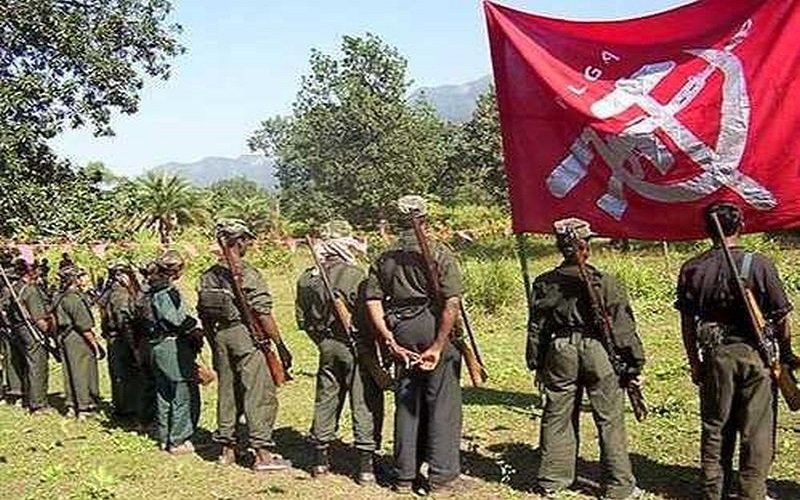
The present Home Secretary maintains, “Chinese are large suppliers of small arms and I am sure the Maoists get it from them.” In 2004, 10 truck loads of light and medium machineguns as also huge quantity of ammunition was seized at Chittagong port in Bangladesh. One of the senior officers of the National Security Intelligence of Bangladesh on interrogation has revealed that the entire consignments of arms were procured from China. He also said that ULFA and NSCN (IM) leaders visit Kunming in China to procure arms, which is also supplied to the Maoists in Nepal and India.
The anti-India and pro-China leanings of the Indian Maoists is evidenced by the press release (5 May 2009) of CPI (Maoist) Central Committee on developments in Nepal: “US imperialism and Indian expansionism are particularly perturbed over the growing influence of China over the region, consolidation of China’s grip over Sri Lanka, and fear that the government in Nepal is moving closer to China. And it is this fear which is common to both India and the US that has pushed these powers to oust the government led by Maoists in a bid to install a regime loyal to them. …it, (Indian Maoists), pledges all support to the Maoists in Nepal in their fight against Indian expansionism.”
On 02 October 2009, a senior Maoist leader Srinivasan clearly spoke of the linkage of the Maoists in India with China. In the same month, the Foreign Minister of Nepal Ms Sujata Koirala stated that the Maoists in India were receiving arms and aid from China through the Maoists in Nepal. Another Maoist leader has spoken about the Indian Maoists receiving training in the Yunan province of China through the aegis of ULFA. There are 10 China Study Centres in Nepal, five of which are in Terai along the India-Nepal border. These centres serve as conduits, facilitation nodes and indoctrination centres for the Indian Maoists.
Related Article Axis of Evil China, Iran and Pakistan Connected via CPEC
Other External Linkages
The internationalist character of the Maoists is evidenced by its membership of Coordination Committee Of Maoist parties and Organizations of South Asia (CCOMPOSA), which was created in July 2001 after a meeting of nine South Asian Maoist parties in West Bengal. The organization resolved to follow the teachings of Marx, Lenin and Mao, and not the least, to build on the examples and experience of Protracted People’s Wars in Peru, Nepal, Philippines, India, Turkey and elsewhere. The Maoist leader Kishanji: “The Islamic upsurge should not be opposed as it is basically anti-US and anti-imperilistic in nature. We therefore want it to grow.”
The Maoist movement in India, therefore, is not homegrown. It is a ideological movement to capture Indian territory and overthrow the present parliamentary system of democracy. It is for this reason that they label their movement as ‘war’, their hostages as ‘Prisoners of War’, and the areas where they hold complete sway as ‘liberated zones’. A Lashkar-e-Toiba (LeT) operative Mohammad Omar Madni, now in custody, has revealed that the LeT was acting in coordination with the CPI (M) in Jharkhand. This was reported by the Times of India on 9 June 2009.
Related Article Myanmar Protests : When Terrorists are projected as National Army and National Army Derided as Terrorist Organization
Tribal Cause: A Smoke Screen
This is not the first time that the Maoist movement has threatened the integrity of the country. The Naxalbari movement grew rapidly between 1969 and 1971. In 1971 the war clouds were hovering over India and India’s eastern theatre had become strategically sensitive. Given the China-Pakistan strategic partnership and China-Naxalite links, Mrs Gandhi realized the need to tackle the naxals immediately and with a firm hand. She announced in parliament that naxalites will be fought to the finish. Accordingly, Operation Steeplechase was launched from July to August 1971 by the army, police in West Bengal and bordering districts of Bihar and Orissa. There were 1400 arrests in Andhra, 2000 in Bihar, 4000 in West Bengal and 1000 in Kerala. Several leaders were killed. This clearly indicates that even then the Maoist movement was pan-Indian in nature and had little to do with demands of development and local grievances.
In the 80s, most of the Maoist violence was in Andhra Pradesh and Bihar. Maoists had made no inroads into the tribal areas. It is only when certain areas of Andhra Pradesh became virtually Maoist territories and served as the epicenter that the movement began to make inroads in Maharastra, Madhya Pradesh and Orissa. The newly formed ‘Peoples War Group’ was more violent and vicious than its previous version. Therefore, to paint the Maoist menace as a upsurge by the tribal population, is a travesty of truth. Of the 40 districts in Bihar, 32 are impacted by the Maoist insurgency. Of these, there are hardly any districts with any significant tribal population. Less than one-third of the blocks in Jharkhand have majority tribal population.
Related Article Bi-lateral Relations Are Not A One-Way Street : India Tells China
Furthering China’s Interests
The focus of the Maoist leadership on the tribal regions, as has emerged from the interrogation of arrested Maoist leaders, is because they constitute the mineral heartland of India. By destroying mineral activity in that area, they intend to target India’s economic growth. Moreover, illegal mining activity by the Maoists in collusion with some politicians and bureaucrats is a huge industry. A large chunk of the illegally mined iron ore is givenlegitimacy through intimidated and sympathetic officials, and is being shipped to China. It may be mentioned that India’s production of steel is around ten percent of that of China (approx 600 million tons). Most of China’s steel is produced from iron ore of Indian and Australian origin.
The spread of the Maoist terror in the mineral heartland of India therefore has directly benefits China. It also gives the Maoists easy access to huge quantities of explosives, used for mining purposes. Some of these explosives are being supplied to the Maoists in Nepal. At least, three such consignments have been impounded in Bihar. In terms of availability of explosives and expertise in IEDs, the jihadi organizations pale into insignificance. Much of the training in IEDs has been provided by the LTTE in the past.
China operates at various levels and exploits those organizations which are best suited for a particular environment. Some parties which are overt faces of the Maoists and are in electoral politics, like the CPI (ML), become active during this period. During the monarchy, when the Maoist insurgency in Nepal was at its peak, China kept denouncing the Maoists, and maintained that the Maoists were misusing the name of Mao, but once the Maoists formed the government, the links were exposed. Against the established practice, when Prachanda became PM, the first country he visited was China. He flew to Beijing in response to invitation by premier Wen Jiabao ostensibly to attend closing ceremony of Olympic Games. This five days visit had all the trappings of an official visit. Had the Maoist government in Nepal continued, a Nepal-China Friendship Treaty on the lines of Indo-Nepal Friendship Treaty of 1950 would have been a reality. Also, hardly any Indian business concern or Indian project has escaped the intimidation and violence of the Maoists in Nepal, but no Chinese industries, business interests and projects have been targeted.
The “terror dictionary” of the Maoists is more vicious and exhaustive than that of Islamic terrorists. The entire state and its citizenry are their target. They are particularly against development for fear of losing their coercive appeal and consequently their huge earnings. The extortion industry of the Maoists is estimated to be worth Rs. 15,000 crores. Even the armed forces personnel are not spared, the latest victim being one Group Captain RK Prasad, who had to cough-up Rs.10 Lacs for the release of his brother, kidnapped by the Maoists in Jharkhand. Incidentally, the Group Captain was one of the officers coordinating air effort at Air Headquarters during 26/11. Two decades back, the retired Air Chief Denis Anthony La Fontaine, who had chosen to settle in a rural area of Andhra Pradesh, was robbed of his pistol and belongings by the Maoists. Apart from abductions, extortions and lootings, the funding of the Maoists is also through poppy cultivation from Ghagra area in Gumla in Jharkhand, parts of Kishanganj and Purnea in Bihar, and also parts of Chattisgarh.
Related Article China Caught Red-Handed Smuggling 10,800 Assault Weapons Parts Into Louisville By US Customs
It is therefore clear that the Maoist movement has been a continuous reality in India for last at least five decades. For an enduring solution, the imperative is to root out the problem in a manner that it does not raise its head again, and China does not succeed in fragmenting India into 20 or 24 parts, as one Chinese scholar recently threatened. It is time that the fact that Maoists are the proxy soldiers of China is realized and in an event of a India-China military standoff, they would act as fifth columnists.
The Maoist leaders in India are known to be inspired by the guerilla movement (Shining Path) in Peru. They have divided their insurgency in three phases: strategic defence—which is the period of preparation and establishment of a strongholds in the rural areas; strategic stalemate—when the insurgents and security forces are at par and the phase is characterized by negotiations between the government and the insurgent leaders; and strategic offensive—when the insurgents make final assault on the citadel of government. In the reckoning of the Maoists, they are in the second phase, but very close to the third phase. The second phase of strategic stalemate is also characterized by leveraging of planted media and so-called intellectuals, who are on their payroll or sympathizers.
Points to Ponder
Isn’t it the time when the International Community also recognize China as a perpetrator and supporter of Terrorists that uses Arms and violence as a means to topple Governments?
Shouldn’t China backed terror groups be banned by UN and Indian Allies?
Shouldn’t Chinese Involvement in China backed terror groups in India and neighboring countries be investigated and suitable action be taken against China?
Follow us at:-
Twitter Handle: @newscomworld
Telegram Handle : @NewsComWorldCom
Koo Handle : @NewsComWorld
Parler Handle: @NewsComWorld
Tooter Handle: @NewsComWorld
YouTube Channel https://www.youtube.com/channel/UCnKJQ3gFsRVWpvdjnntQoAA
Facebook Page https://www.facebook.com/NewsComWorld
2,436 total views





